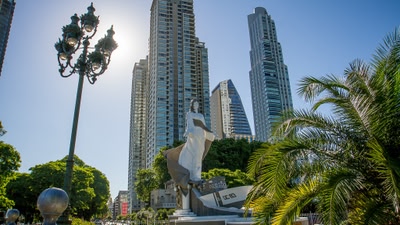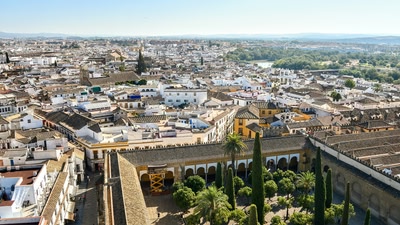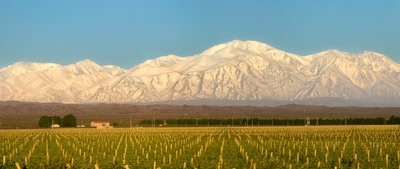Argentina holidays
Sandwiched between the Andes and the Atlantic, the second-largest country in South America is a land of spectacular contrasts. The best holidays to Argentina balance urban energy with jaw-dropping landscapes. Start in Buenos Aires, home to bohemian cafes, streetside tango and iconic steakhouses. But more adventure awaits away from the capital. Discover thundering waterfalls, a thriving wine region and ice fields that seem to stretch to the end of the world.
Top destinations in Argentina
Argentina: fast facts
Language
Spanish
Currency
Argentine peso ($)
Time zone
UTC-3 (ART)
Argentina holiday highlights

Learn to tango
Tango is the romantic heartbeat of the country and one of the top things to see in Argentina. The dance expresses the nation’s struggles and triumphs with rhythms from the ‘bandoneon’ (a concertina-like instrument) and melancholy lyrics. Watch it spill onto the cobbled streets of the city’s oldest neighbourhoods. Or witness it under the bright lights at a classic dinner show or ‘milonga’ (dance hall).
Eat the steak
Argentines love their steak. Take part in a traditional ‘asado’, a gathering where delicious cuts of (mostly grass-fed) meat are grilled, local wine is served and stories are shared around the fire. You’ll find the best celebrations at countryside ‘estancias’ (ranches), Mendoza wineries or one of the hundreds of ‘parrillas’ (steakhouses or food carts) that dot the cities.
Catch a football match
Whether played on the streets or in the stadiums, football is a force that unites the nation. The sport is a universal language spoken around cafes, offices and school playgrounds. Argentina is the birthplace of such legendary players as Diego Maradona and Lionel Messi, whose statues and shrines appear everywhere. Feel the passion firsthand at the grand arenas of Boca Juniors and River Plate.



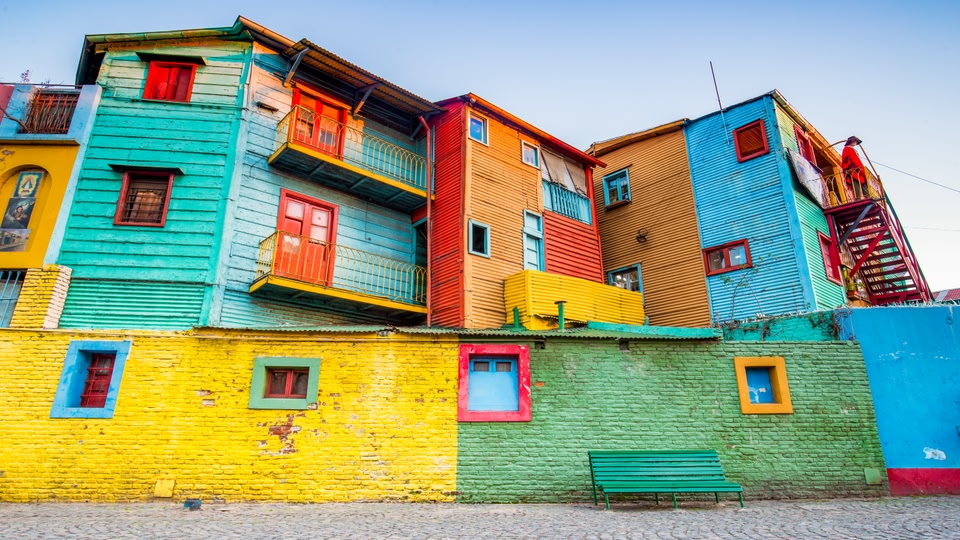



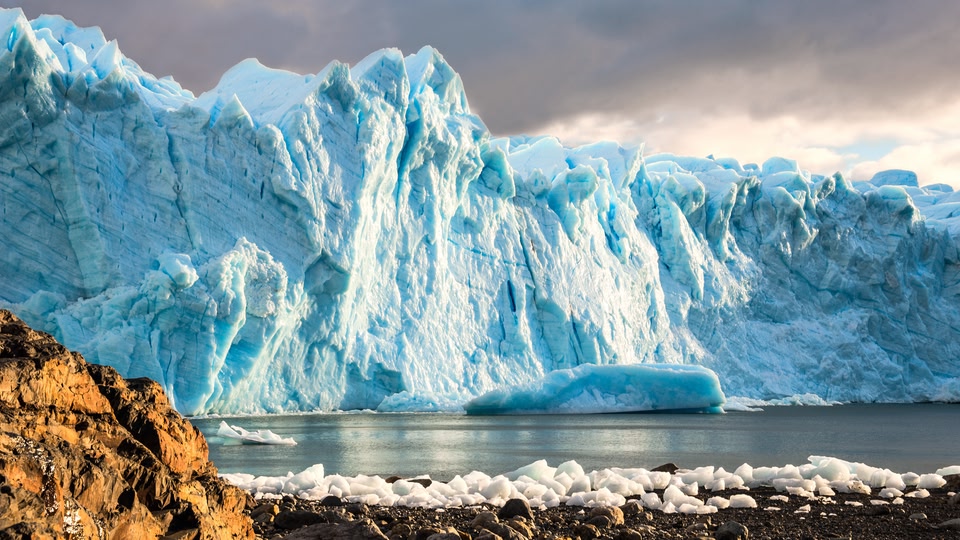
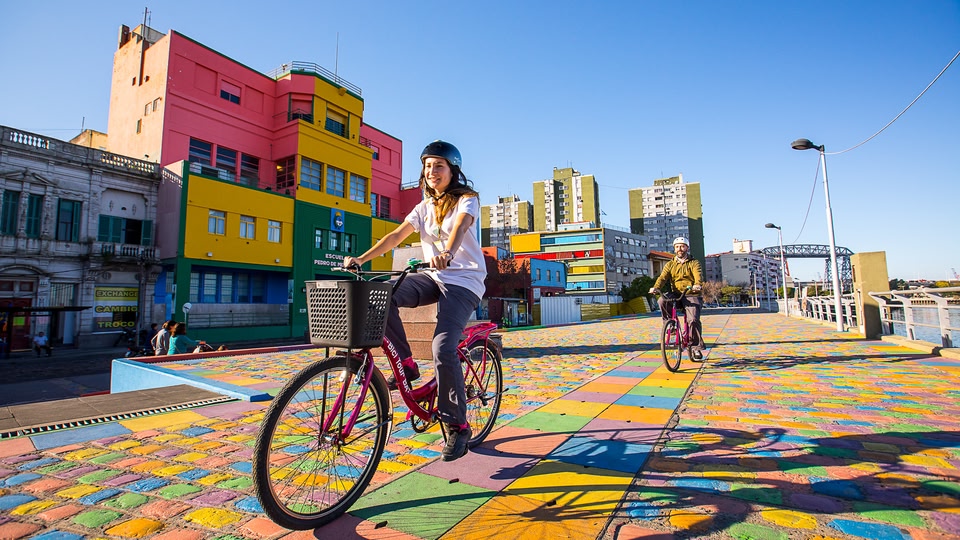
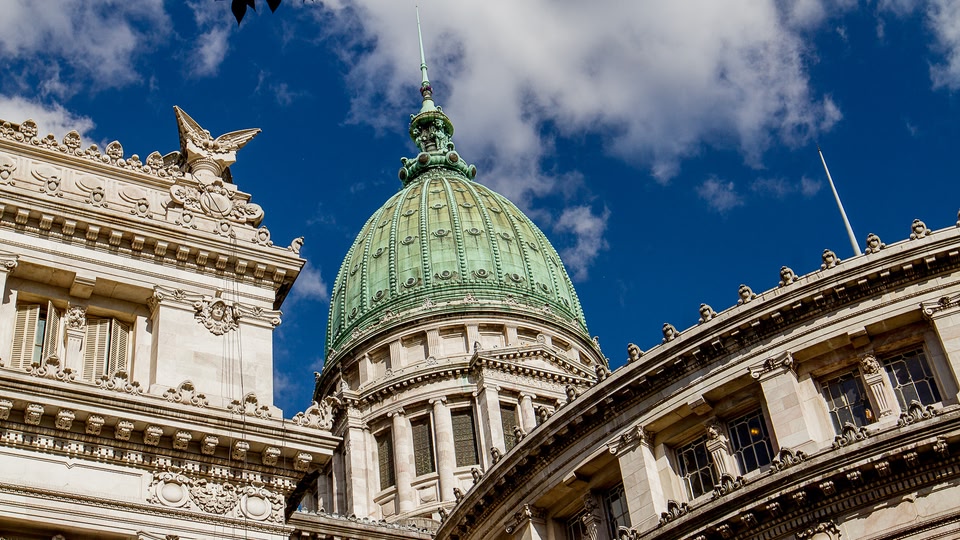
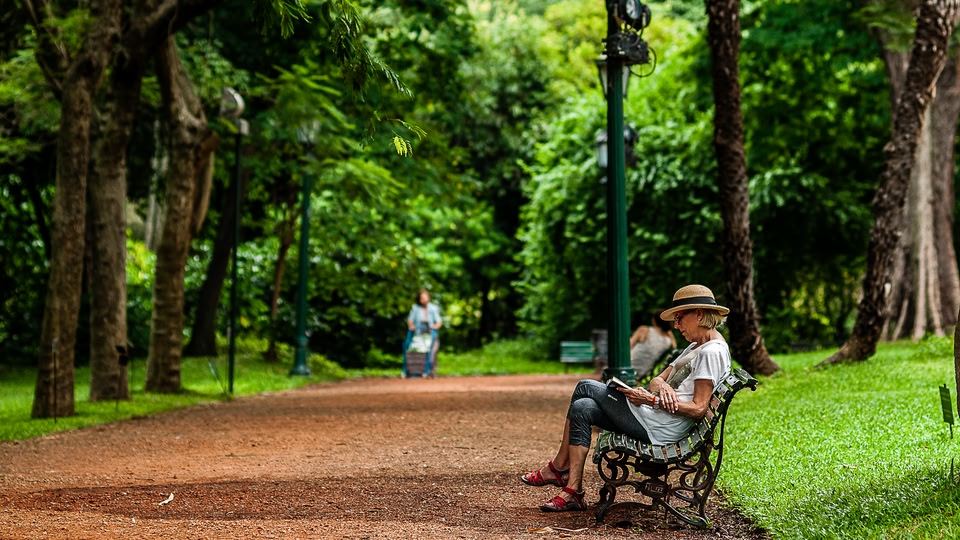
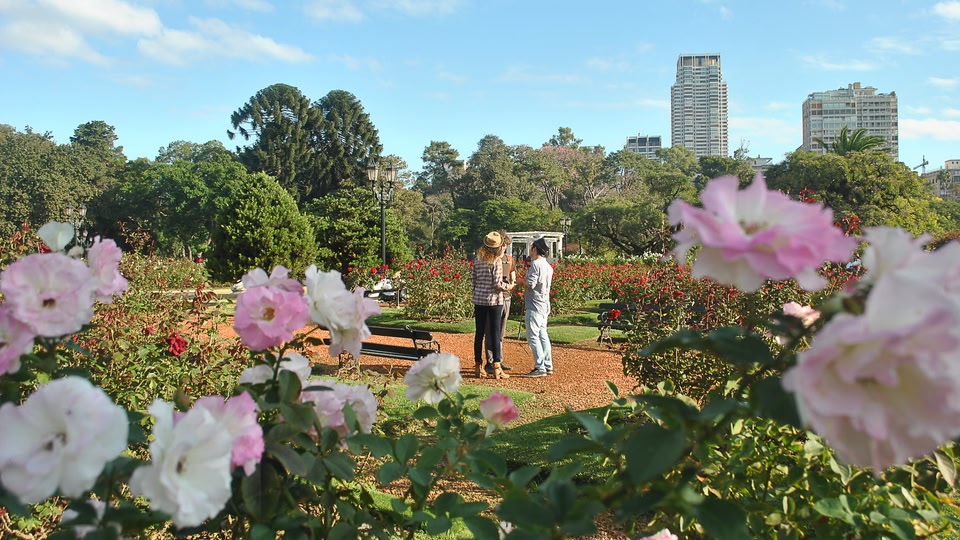
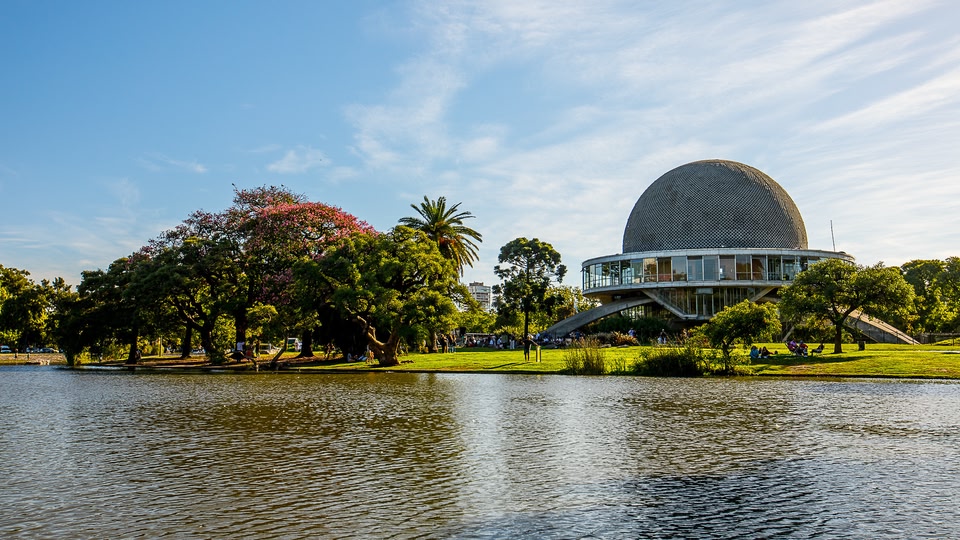
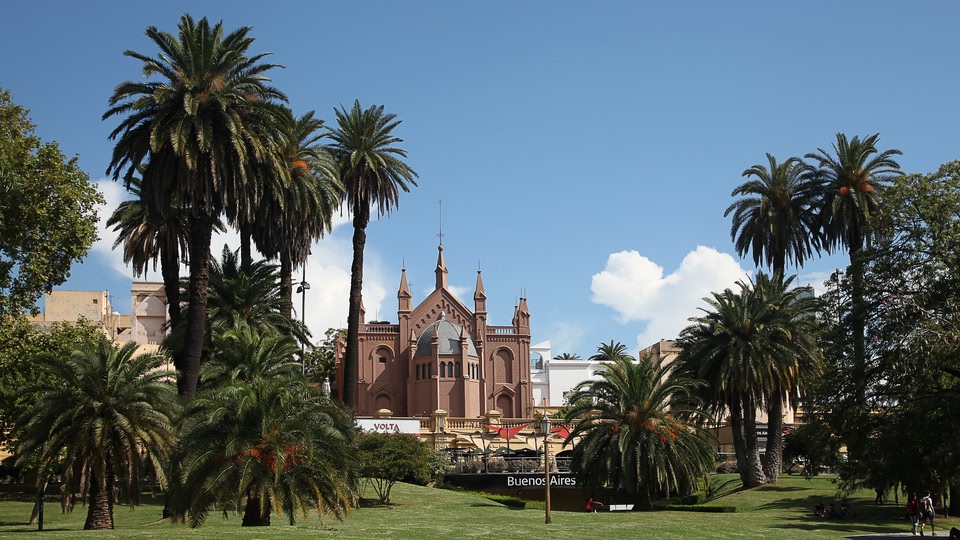
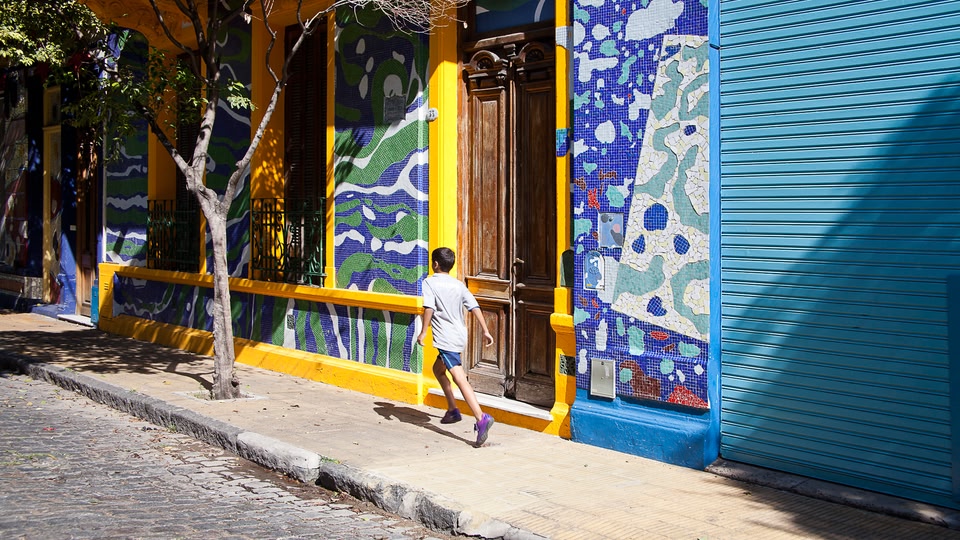


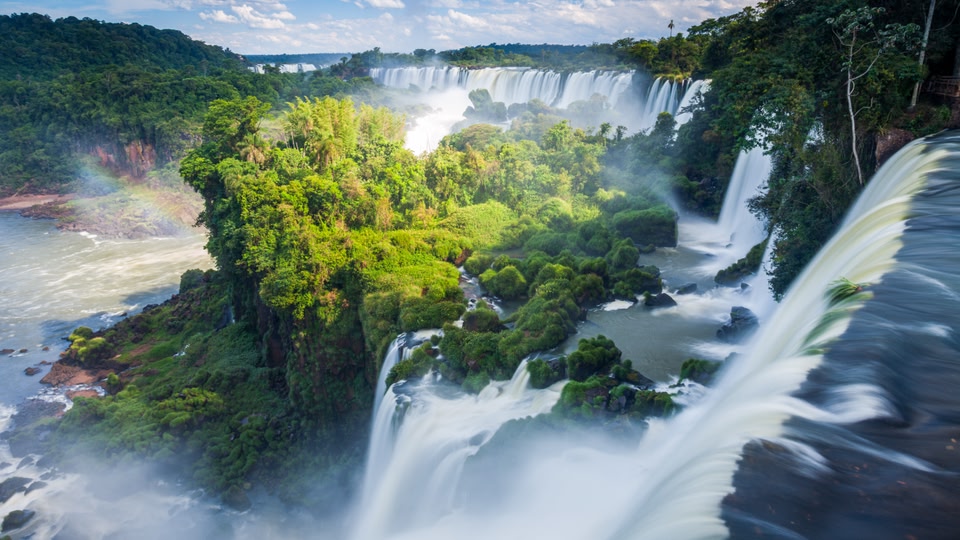


Things to do in Argentina
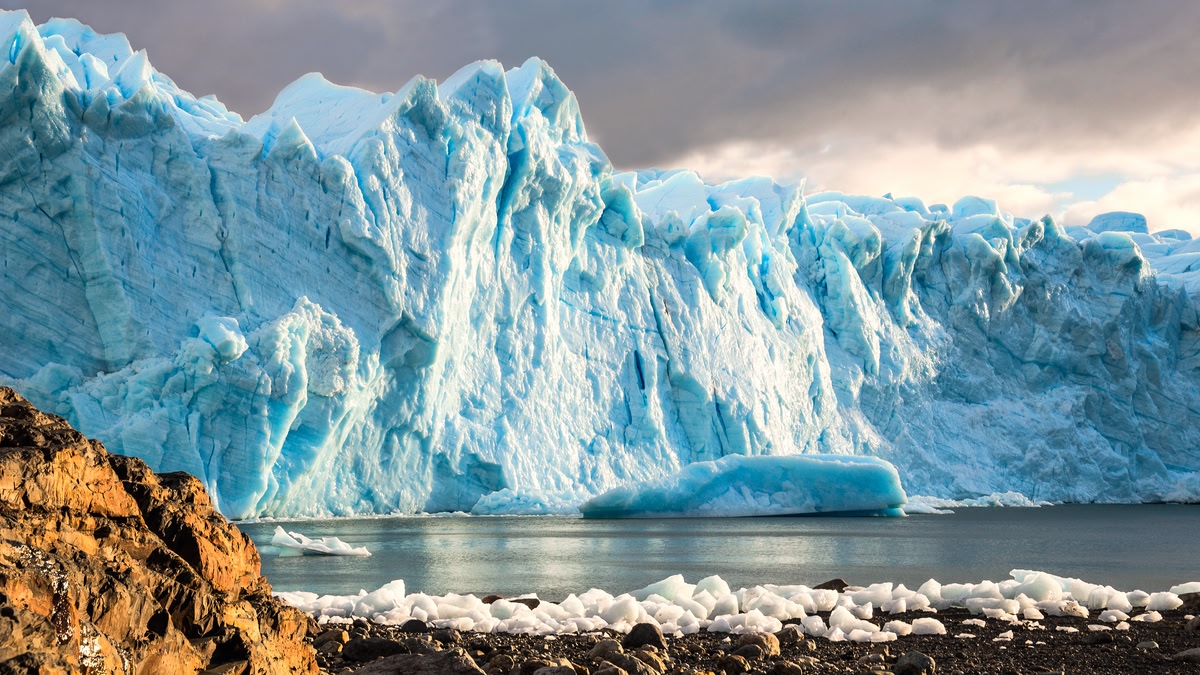
Top attractions
At Iguazú National Park, you’ll hike through dense jungle landscapes to viewpoints of gushing waterfalls while exotic birds fly overhead. Don’t miss a chance to witness the phenomena of ice calving at Perito Moreno Glacier in Santa Cruz Province. Dress up for a night of ballet or classical music at Buenos Aires’ opulent Teatro Colón.
Beaches
Argentines flock to Mar del Plata’s sweeping Playa Bristol in summer for beach sports, festivals and concerts. Playa Grande, Cruz del Sur and Chapadmalal are popular beaches in Argentina for surfing. Spot southern right whales at Playa Doradillo, near Puerto Madryn, from June to December. Or swim and sunbathe in the shadow of snow-capped peaks at Villa la Angostura’s Correntoso Lake Beach.
Nature
From glaciers to rocky canyons, Argentina has a wide variety of landscapes to explore. Hear the deafening roar of 275 waterfalls at Iguazú Falls, or hike the impressive Perito Moreno Glacier. In the northwest corner of the country, the Quebrada de Humahuaca valley dazzles with its multicoloured canyons, while the Salinas Grandes is one of the world’s largest salt flats.
Culture and museums
You’ll find important landmarks like the Casa Rosada presidential office and Cabildo town hall in Plaza de Mayo, Buenos Aires’ oldest square. Home to Andean mummies, the Museo de Arqueología de Alta Montaña (MAAM) is among the must-see museums in Argentina. Explore the ruins of the Jesuit-built San Ignacio Miní in Misiones province. And don’t miss the Pucará de Tilcara pre-Incan fortress in Jujuy province.
Cuisine
With parrillas on just about every corner, meat takes centre stage at the restaurants in Argentina. But you’ll find culinary influences from Italy, Spain and Andean cultures too. Try bite-sized empanadas, roasted lamb from Patagonia and traditional ‘locro’ (hearty squash stew) from the northwest. Have a sweet tooth? ‘Dulce de leche’ (caramelised milk sauce) is a key ingredient in biscuits, ‘facturas’ (pastries), ice cream and more.
Family friendly
Walk among the world’s largest colony of Magellanic penguins at Chubut’s Punta Tombo Natural Protected Area. Bring the family aboard the End of the World Train in Ushuaia for a scenic ride around the lakes, forests and mountains of Tierra del Fuego National Park. Parque Nahuelito in Bariloche shows off Argentina’s dinosaur past with 30 life-sized replicas.
Find the best time to visit Argentina
Weather in Argentina
March – May: Autumn is the start of the dry season in Misiones Province and an ideal time to visit Iguazú Falls. Demand for hotels and flights picks up around Easter.
June – August: Temperatures in winter vary across the country. If you’re here to ski, this is when popular resorts in Bariloche, Mendoza and Ushuaia see the most snow.
September – November: Rain increases in the capital in spring, but it’s also when the jacaranda trees are in full bloom. Western-central provinces like Mendoza and San Juan stay dry and mild.
December – February: Summer brings heat and humidity to Buenos Aires and the north, with highs in the 30s°C and above. Follow locals to the coast, or enjoy prime hiking conditions in the cooler south.
Events in Argentina
Cosquin Rock (February): This two-day festival in Córdoba is among Argentina’s biggest music events, featuring national and international acts. Past lineups included Fito Paez and Slash.
National Grape Harvest Festival (February or March): Celebrate Argentina’s wine-making traditions in Mendoza with live music, theatre and parades. The party ends with the crowning of the Harvest Queen.
Tango Dance Festival and World Cup (August): Dancers from around the globe flock to Buenos Aires to compete in the world championships of stage and salon tango. Soak up the energy at classes, concerts and exhibitions.
Oktoberfest Argentina (October): The mountain village of Villa General Belgrano is the backdrop for an annual beer festival started by German settlers. Expect beer-fuelled parties, German food and lots of live music.
